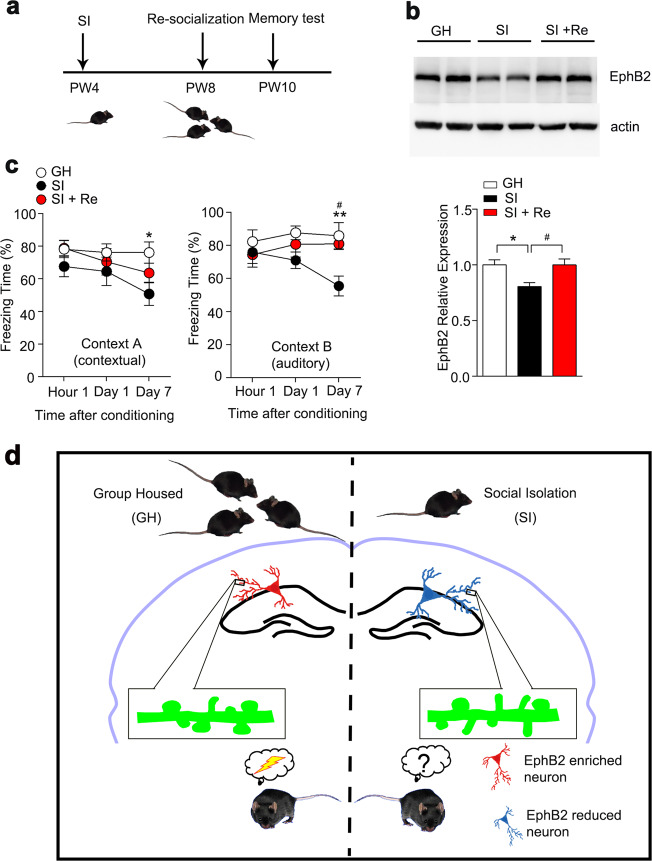Fig. 5. Resocialization reversed the memory impairments in isolated mice.
a Experimental paradigm of resocialization. b The expression of EphB2 in the hippocampus of GH mice, SI mice, and mice with SI followed by resocialization was detected by western blotting (top panel). The bottom panel shows the quantification of EphB2 protein in the hippocampus. n = 3 mice for each group, one-way ANOVA, F(2,9) = 6.186, P < 0.05. c Isolation followed by resocialization mice showed an increase freezing time on day 7 after training comparable to that of GH mice in context A (left panel), and similar results were obtained in context B (right panel). GH, n = 9 mice, SI, n = 11 mice, reGH, n = 7 mice, one-way factorial ANOVA, test of hour 1 in context A, F(2,24) = 1.272, P > 0.05; test of day 1 in context A, F(2,24) = 0.5017, P > 0.05; test of day 7 in context A, F(2,24) = 3.794, P < 0.05; test of hour 1 in context B, F(2,24) = 0.3233, P > 0.05; test of day 1 in context B, F(2,24) = 2.612, P > 0.05; test of day 7 in context B, F(2,24) = 7.066, P < 0.01. d Proposed model for EphB2 function in SI-induced forgetting of long-term memory. All data are presented as mean ± SEM. * means the difference between GH mice and SI mice, # means the difference between SI mice and SI mice with resocialization. *P < 0.05; **P < 0.01; #P < 0.05.

